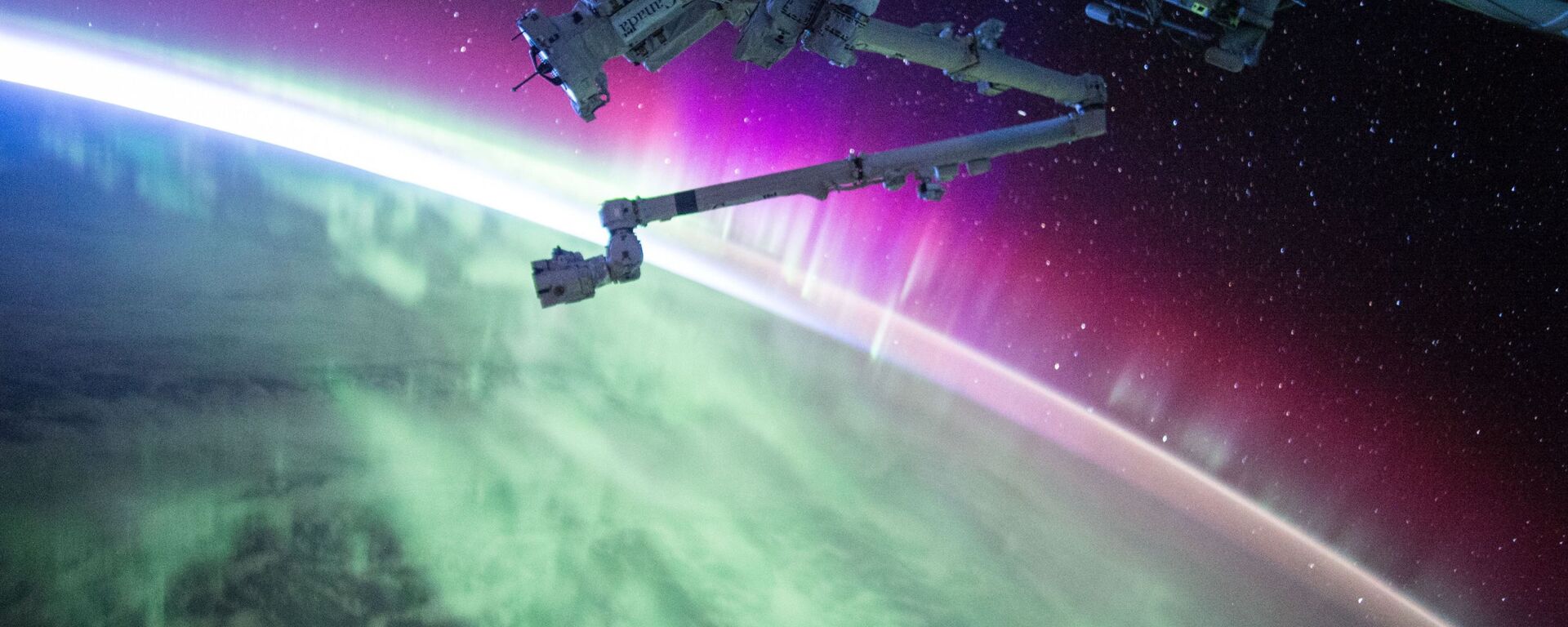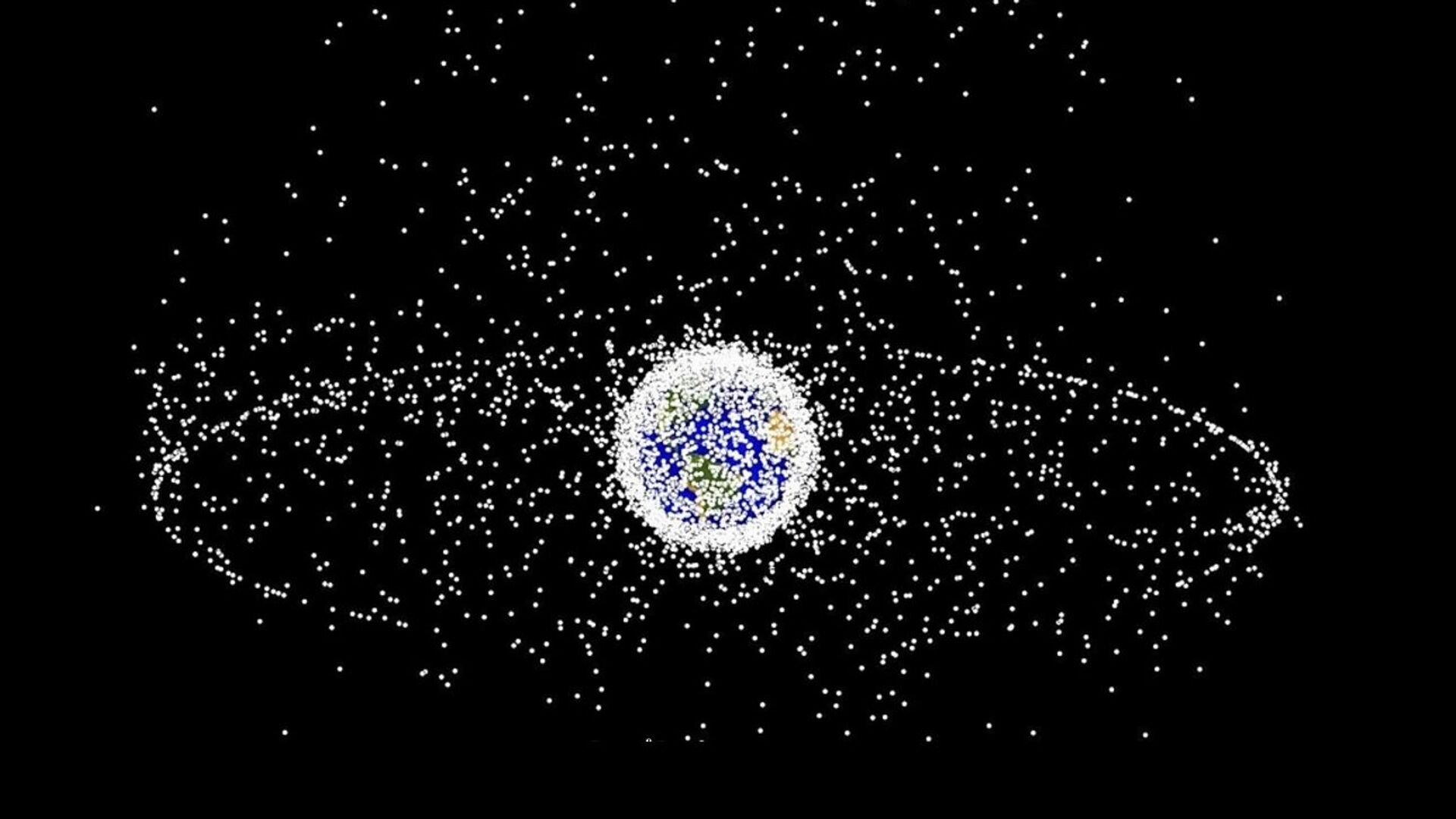https://sputnikglobe.com/20211127/russian-anti-satellite-weapon-test-makes-european-solar-probes-planetary-flyby-more-risky-esa-says-1091070572.html
Russian Anti-Satellite Weapon Test Makes European Solar Probe's Planetary Flyby More Risky, ESA Says
Russian Anti-Satellite Weapon Test Makes European Solar Probe's Planetary Flyby More Risky, ESA Says
Sputnik International
Even though Russia was not the first country to test anti-satellite weapons, it faced criticism, including from another tester, the US, over the trial. NASA... 27.11.2021, Sputnik International
2021-11-27T15:54+0000
2021-11-27T15:54+0000
2023-04-12T16:57+0000
world
russia
space
https://cdn1.img.sputnikglobe.com/img/105275/13/1052751325_0:40:1292:767_1920x0_80_0_0_4de1cdc53269f50ab873c683a31a795f.jpg
An upcoming flyby of the European Space Agency's (ESA) Solar Orbiter 460 kilometres above Earth's surface is going to be complicated due to satellite debris created by a recent test of an anti-satellite weapon by Russia, the ESA's head of solar system and exploration, Andrea Accomazzo, has warned.The Solar Orbiter will be undertaking the manoeuvre, which will propel the spacecraft closer to the Sun, on 3 December and the ESA's ground control is doing everything to carefully chart its course around any debris. However, due to the fact that the Russian trial, which destroyed the defunct Kosmos 1408 satellite, took place less than two weeks ago, not all of its debris has been detected and tracked so far.Right now, the ESA sees a way for the Solar Orbiter to safely cross the dangerous patches of orbit. But should they detect new debris in a collision course in the process, the ESA always has the option of sending the probe 20 kilometres higher at the cost of the flyby's efficiency and at the cost of additional fuel spent to compensate for that purpose.At the same time, the debris from the destroyed Russian Kosmos 1408 satellite is the lesser of the Solar Orbiter's problems. During the manoeuvre, it will cross geostationary orbit, heavily cluttered with space junk, twice. And Kosmos' roughly 1,500 pieces pale in comparison to the 36,500 other trackable objects at this altitude. Many more, smaller objects remain undetected, but they are still capable of severely damaging the $1.5 billion probe.The probe itself was launched in February 2020 with the goal of studying the Sun from the closest distance possible. During its last approach to the star, the Solar Orbiter managed to capture the phenomenon of miniature solar flares, which were dubbed "campfires". The next planned approach will take the probe 50 million kilometres away from the Sun, which is roughly one-third of the distance between Earth and the star.
https://sputnikglobe.com/20211116/russian-mod-us-well-aware-that-fragments-of-downed-satellite-pose-no-threat-to-space-activities-1090772949.html
Sputnik International
feedback@sputniknews.com
+74956456601
MIA „Rossiya Segodnya“
2021
Tim Korso
https://cdn1.img.sputnikglobe.com/img/07e6/03/0d/1093831826_0:0:216:216_100x100_80_0_0_e3f43a960af0c6c99f7eb8ccbf5f812c.jpg
Tim Korso
https://cdn1.img.sputnikglobe.com/img/07e6/03/0d/1093831826_0:0:216:216_100x100_80_0_0_e3f43a960af0c6c99f7eb8ccbf5f812c.jpg
News
en_EN
Sputnik International
feedback@sputniknews.com
+74956456601
MIA „Rossiya Segodnya“
Sputnik International
feedback@sputniknews.com
+74956456601
MIA „Rossiya Segodnya“
Tim Korso
https://cdn1.img.sputnikglobe.com/img/07e6/03/0d/1093831826_0:0:216:216_100x100_80_0_0_e3f43a960af0c6c99f7eb8ccbf5f812c.jpg
space
Russian Anti-Satellite Weapon Test Makes European Solar Probe's Planetary Flyby More Risky, ESA Says
15:54 GMT 27.11.2021 (Updated: 16:57 GMT 12.04.2023) Even though Russia was not the first country to test anti-satellite weapons, it faced criticism, including from another tester, the US, over the trial. NASA claimed that the test posed a threat to the ISS. Russia however, rejected the allegation and insisted that the trial presented no threat to space activities.
An upcoming flyby of the European Space Agency's (ESA) Solar Orbiter 460 kilometres above Earth's surface is going to be complicated due to satellite debris created by a recent
test of an anti-satellite weapon by Russia, the ESA's head of solar system and exploration, Andrea Accomazzo, has warned.
The Solar Orbiter will be undertaking the manoeuvre, which will propel the spacecraft closer to the Sun, on 3 December and the ESA's ground control is doing everything to carefully chart its course around any debris. However, due to the fact that the Russian trial, which destroyed the defunct Kosmos 1408 satellite, took place less than two weeks ago, not all of its debris has been detected and
tracked so far.
"We run calculations in which we compare the path of Solar Orbiter with the trajectories of all known space debris objects. The problem is that the [Russian ASAT] test happened so recently that there is only partial information about the debris it created".
Right now, the ESA sees a way for the Solar Orbiter to safely cross the dangerous patches of orbit. But should they detect new debris in a collision course in the process, the ESA always has the option of sending the probe 20 kilometres higher at the cost of the flyby's efficiency and at the cost of additional fuel spent to compensate for that purpose.
At the same time, the debris from the
destroyed Russian Kosmos 1408 satellite is the lesser of the Solar Orbiter's problems. During the manoeuvre, it will cross geostationary orbit, heavily cluttered with space junk, twice. And Kosmos' roughly 1,500 pieces pale in comparison to the 36,500 other trackable objects at this altitude. Many more, smaller objects remain undetected, but they are still capable of severely damaging the $1.5 billion probe.

16 November 2021, 11:17 GMT
The probe itself was launched in February 2020 with the goal of studying the Sun from the closest distance possible. During its last approach to the star, the Solar Orbiter managed to capture the phenomenon of miniature solar flares, which were dubbed "campfires". The next planned approach will take the probe 50 million kilometres away from the Sun, which is roughly one-third of the distance between Earth and the star.




